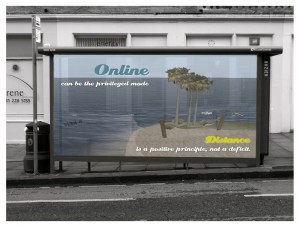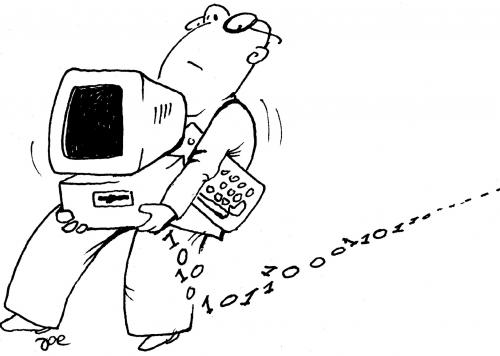
I’m delighted to share my new journal article, which has just appeared online in Learning, Media and Technology. The article is available completely open access, so it’s free for everyone to download and share.
The article, titled ‘Speculative method in digital education research‘, explores the concept of ‘speculative’ (or ‘inventive’) methods, commonly found in art and design disciplines but also increasingly in the social sciences, and argues that digital education researchers need these kinds of approaches if we’re to engage critically and imaginatively with issues in our field. Such an approach, as Lury and Wakeford put it:
is explicitly oriented towards an investigation of the open-endedness of the social world. … the happening of the social world – its ongoingness, relationality, contingency and sensuousness. (Lury and Wakeford 2012, 2)
In the article I argue that the current educational research climate is at best ambivalent, if not actually hostile, to open-endedness. Work with Amy Collier on our concept of ‘not-yetness’ (see Amy’s recent blog posts on ‘not-yetness and learnification‘ and ‘not-yetness and love‘ for more on her latest thinking about the concept; and stay tuned for our chapter in George Veletsianos’ edited collection, coming in May) was helpful here in framing future directions for digital education research:
in such a sphere of not-yetness, we must work with approaches to research which aim beyond determining ‘what works’, to engage in ‘intelligent problem solving’ (Biesta 2010) and ‘inventive problem-making’ (Michael 2012). These approaches can produce valuable insights and contribute to a flourishing ecosystem of knowledge practices that can respond flexibly to not-yetness. (p.1)
The article draws on three examples of speculative method, coming from work in the Centre for Research in Digital Education:
- teacherbot – a project led by Sian Bayne which developed a twitter-bot for the E-learning and Digital Cultures MOOC (EDCMOOC), to explore teacher automation.
- artcasting – my current AHRC-funded project examining new approaches to evaluating learning and engagement in art galleries.
- the tweeting book – Jeremy Knox’s RFID experiment to to problematise the emphasis in learning analytics on human activity and data.
Let me know what you think! And please do share the paper.
Speculative method in digital education research
Jen Ross, Digital Education, University of Edinburgh
The question of ‘what works’ is currently dominating educational research, often to the exclusion of other kinds of inquiries and without enough recognition of its limitations. At the same time, digital education practice, policy and research over-emphasises control, efficiency and enhancement, neglecting the ‘not-yetness’ of technologies and practices which are uncertain and risky. As a result, digital education researchers require many more kinds of questions, and methods, in order to engage appropriately with the rapidly shifting terrain of digital education, to aim beyond determining ‘what works’ and to participate in ‘intelligent problem solving’ [Biesta, G. J. J. 2010, “Why ‘What Works’ Still Won’t Work: From Evidence-Based Education to Value-Based Education.” Studies in Philosophy and Education 29 (5): 491–503] and ‘inventive problem-making’ [Michael, M. 2012, “‘What Are We Busy Doing?’ Engaging the Idiot.” Science, Technology & Human Values37 (5): 528–554]. This paper introduces speculative methods as they are currently used in a range of social science and art and design disciplines, and argues for the relevance of these approaches to digital education. It synthesises critiques of education’s over-reliance on evidence-based research, and explores speculative methods in terms of epistemology, temporality and audience. Practice-based examples of the ‘teacherbot’, ‘artcasting’ and the ‘tweeting book’ illustrate speculative method in action, and highlight some of the tensions such approaches can generate, as well as their value and importance in the current educational research climate.
http://www.tandfonline.com/doi/full/10.1080/17439884.2016.1160927
Ross, J (2016). Speculative method in digital education research. Learning, Media and Technology. Online First, Open Access. http://www.tandfonline.com/doi/full/10.1080/17439884.2016.1160927




